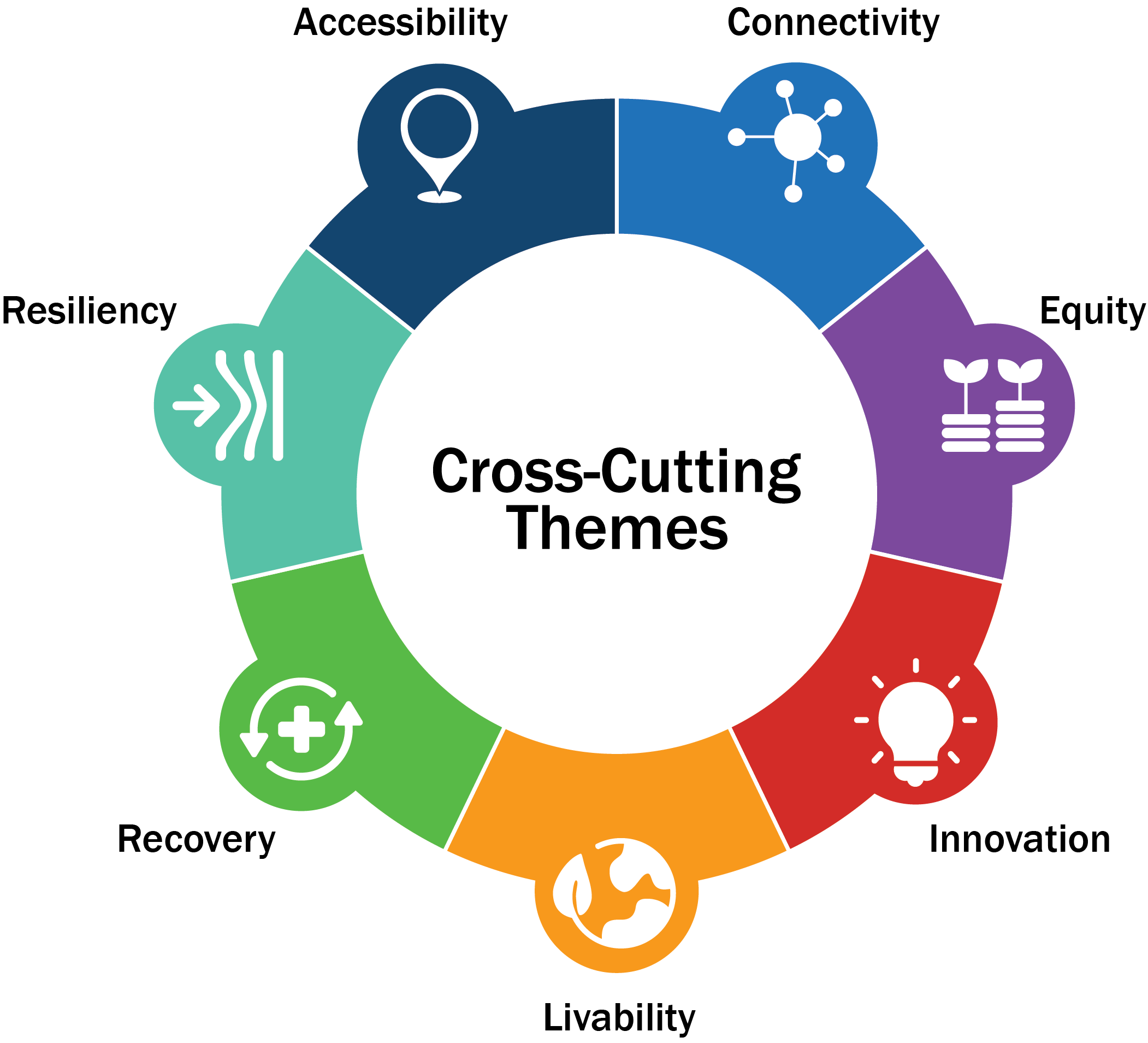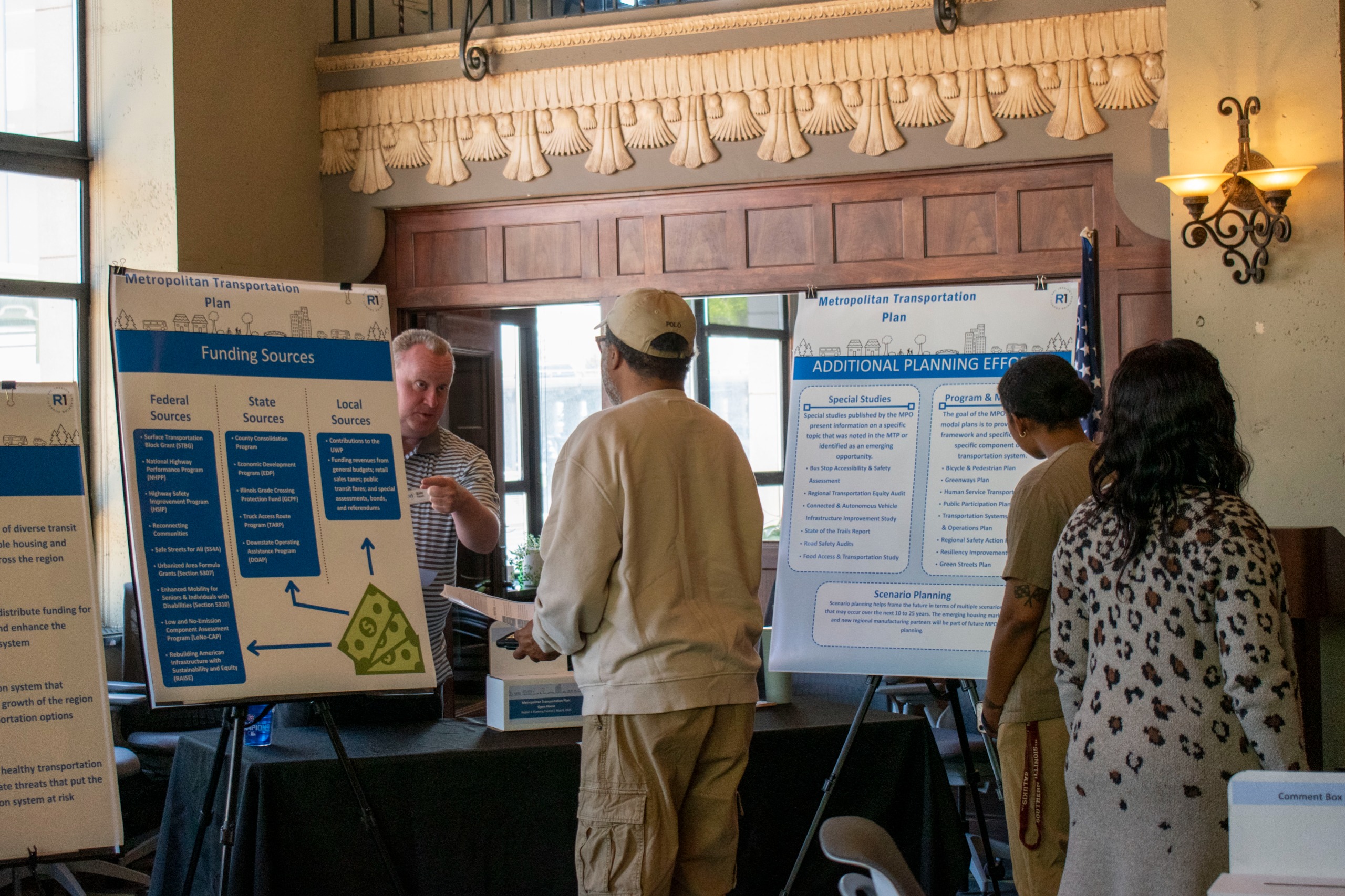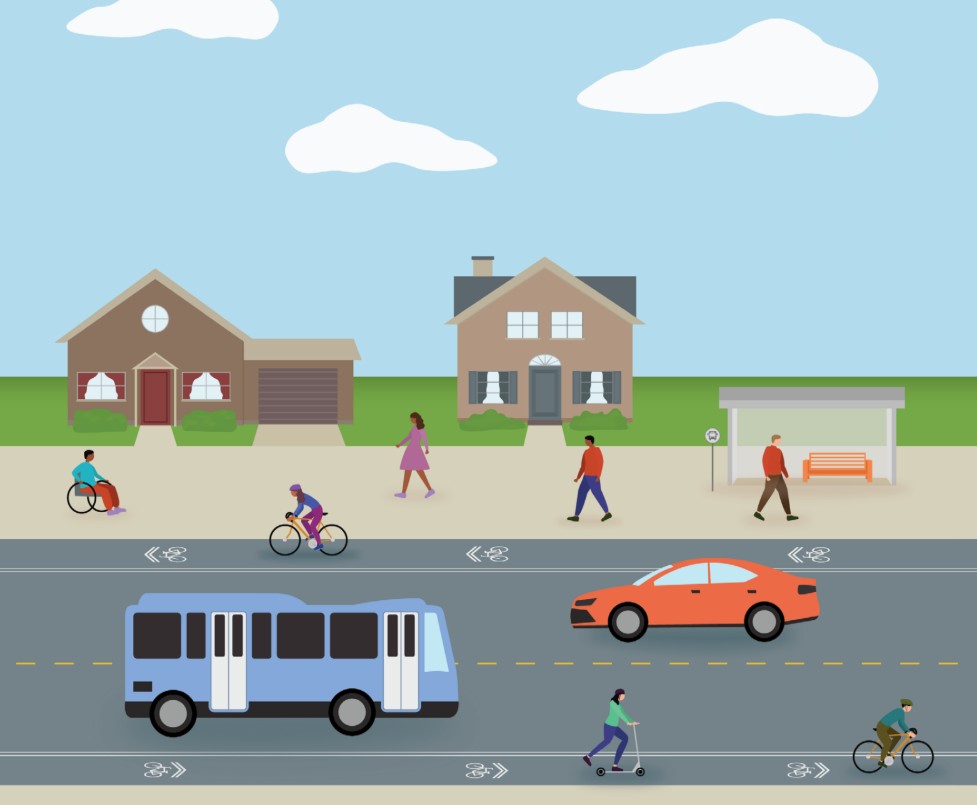Goal 1: Quality of Life
Goal #1. Enhance the quality of life through improved access to opportunities.
- Strategy 1.1. Improve multimodal connections to offer meaningful transportation options for all residents.
- Strategy 1.2. Promote development patterns that provide affordable housing and transportation options for all residents.
- Strategy 1.3. Support implementation of transit system enhancements to increase transit mode share.









